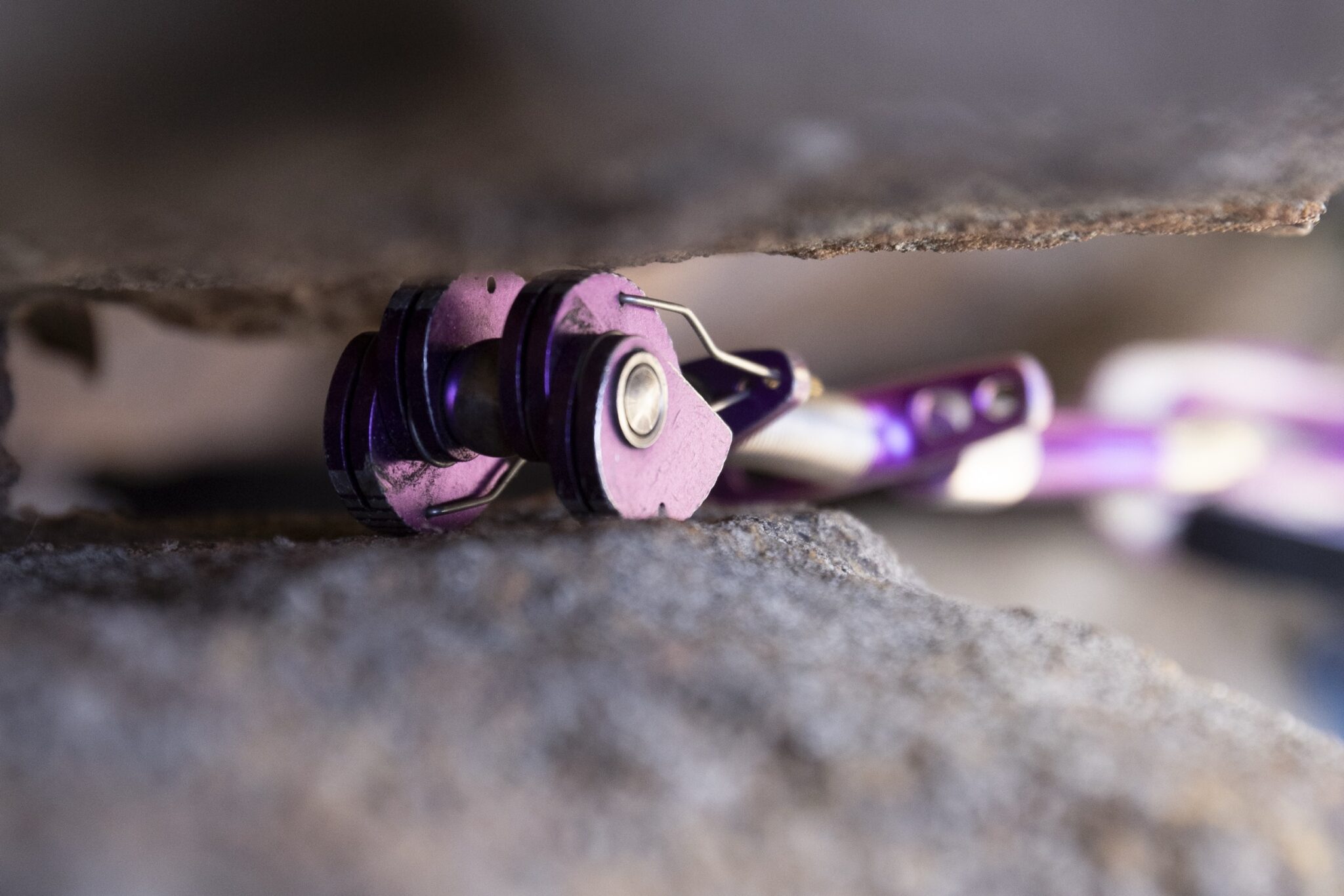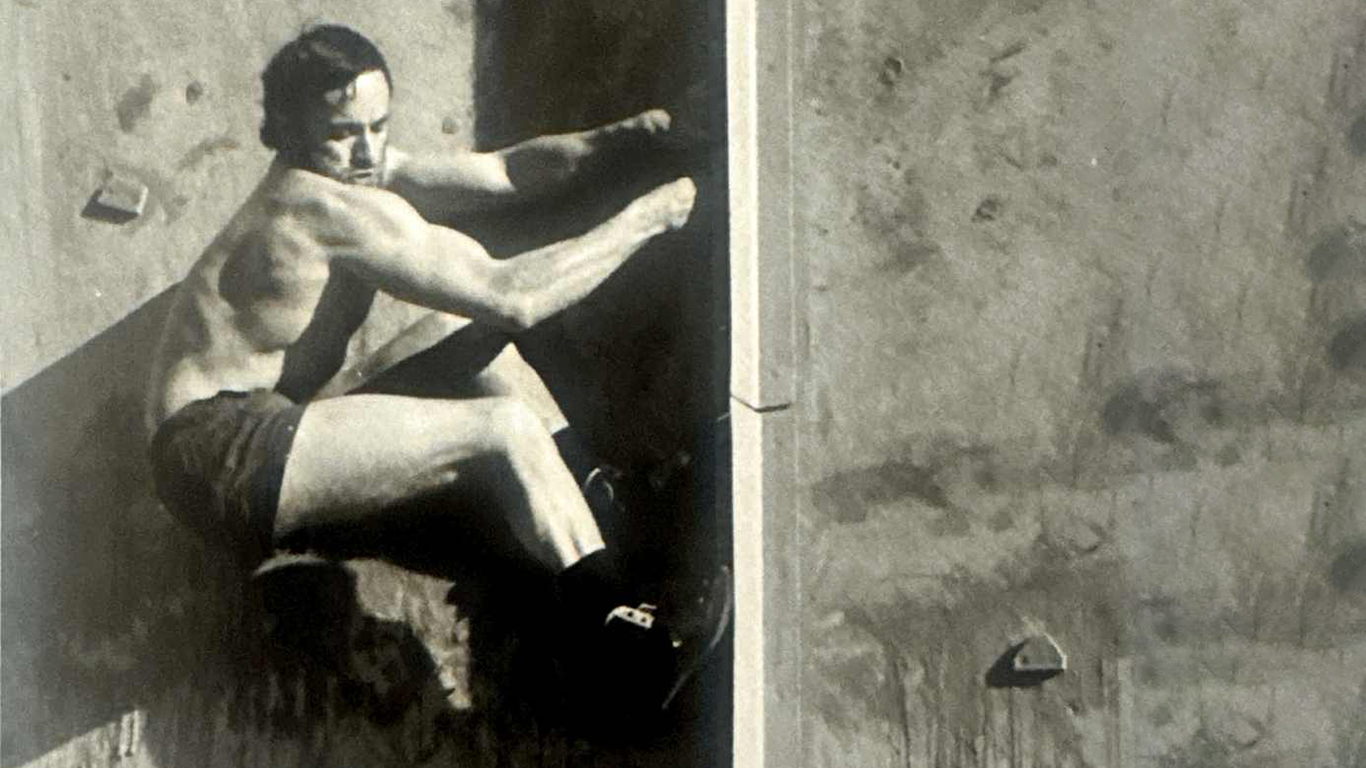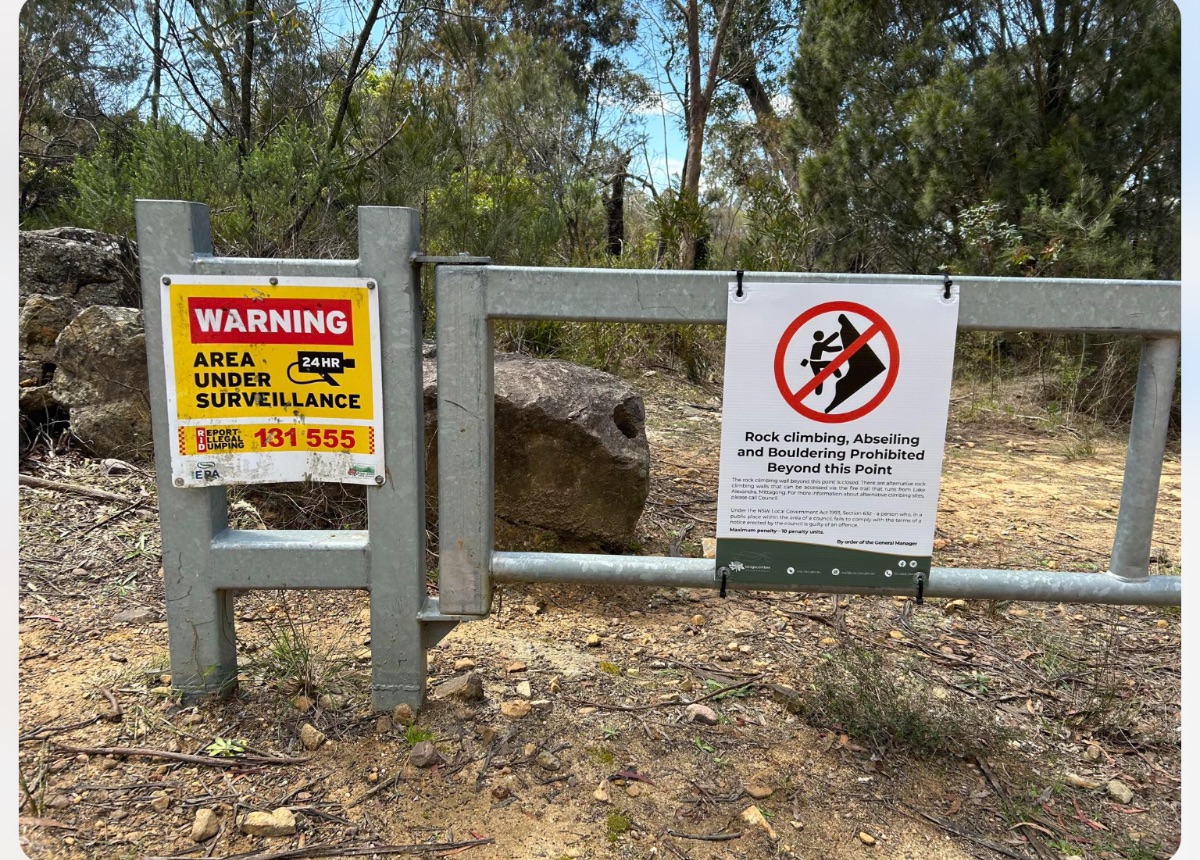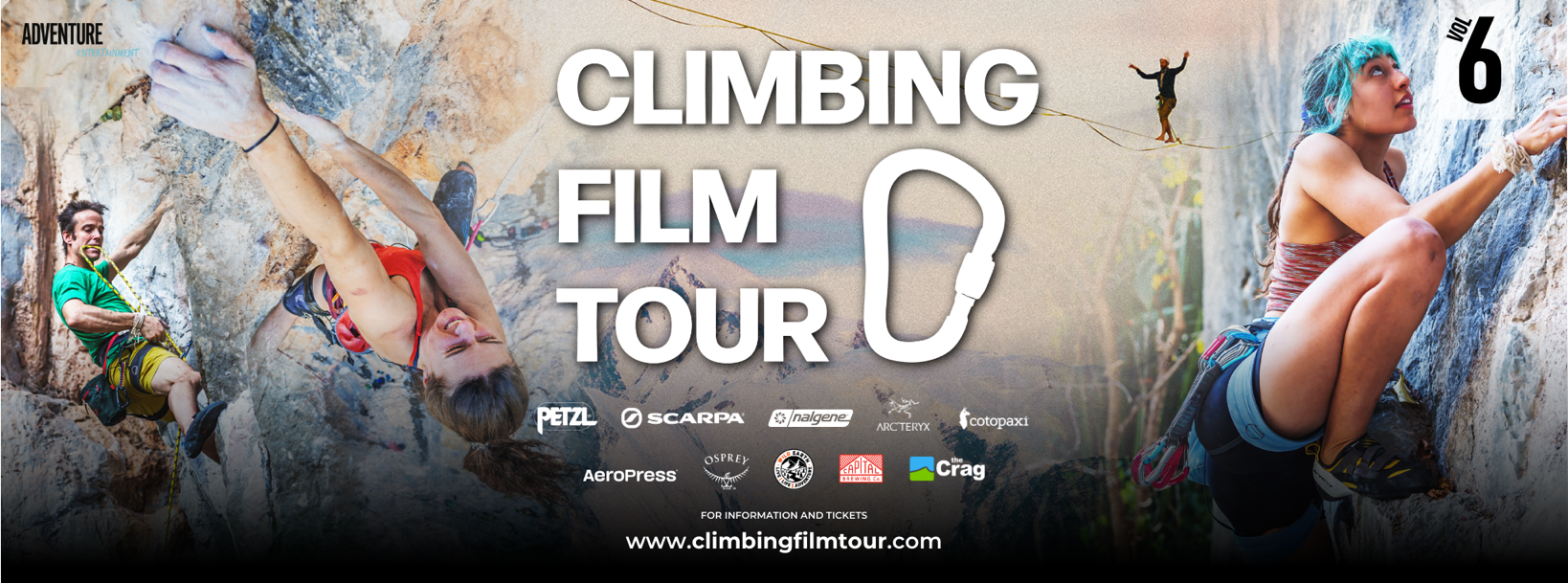Australian climbing culture has always been built on a strong sense of community, adventure, and self-reliance. The crag is a place where everyone shares beta, borrows tape, and sometimes loses a cam or two in the process.
But what happens when that lost cam is retrieved?
“Booty” — a term that’s as old as climbing itself — refers to gear that’s been left behind, either accidentally or through necessity. For some, the unwritten rule is clear: if you clean it, it’s yours. For others, especially in today’s digitally connected world, that attitude feels outdated and out of step with the ethics of respect and community that climbing is supposed to uphold.
Not all lost gear is abandoned gear. Sometimes it’s left behind in the interest of safety — a bail anchor, a hasty retreat in bad weather, or a late descent in fading light. In those cases, the climber likely intends to come back.
In these cases, the spirit of booty starts to blur. With today’s communication channels — message boards, local groups, and online communities — it’s easier than ever for someone to reach out and try to recover what they’ve lost. When that happens, most would agree the ethical thing to do is to return it.
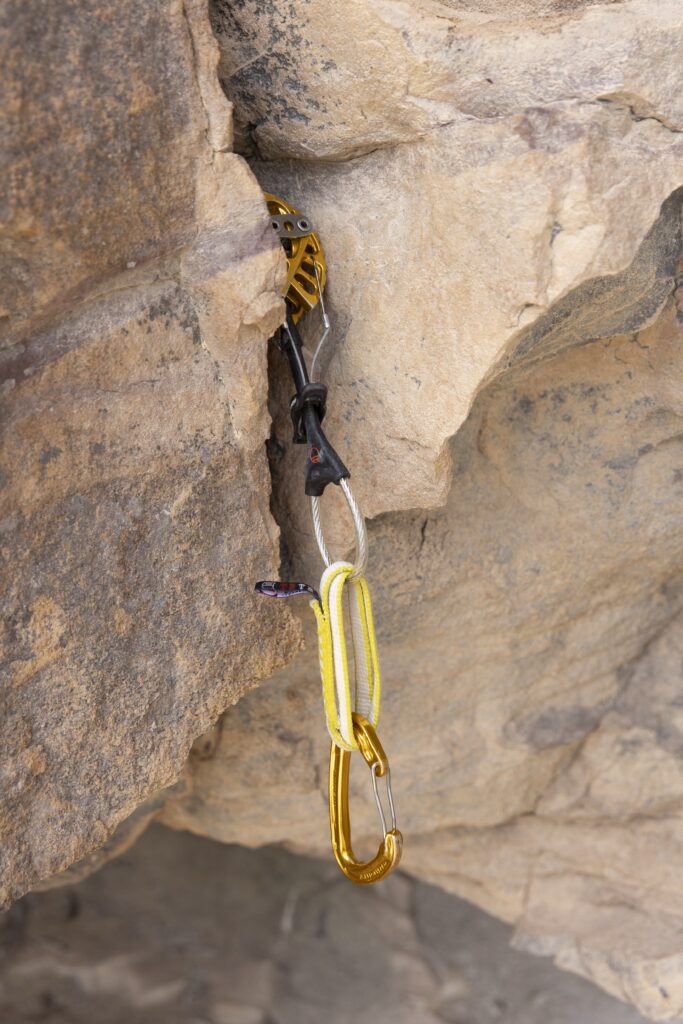

Of course, there’s another side to the discussion. Retrieving stuck gear isn’t always simple or quick. Many climbers will tell you about the hour they spent dangling on gear, hammering a nut tool, or wrestling with a cam so welded it might as well have been placed by the rock itself. Sometimes the finder invests genuine time, skill, and even a bit of risk into freeing that piece.
In those cases, it’s understandable that they might feel they’ve earned it — that someone’s mistake is now their reward. Booty, after all, was historically seen as a kind of prize for persistence and cleverness.
The situation gets more complicated when the owner later reaches out. If retrieving the gear was easy — a quick clean, a short reach, or a casual pick-up when passing through — returning it feels like the right and respectful thing to do. But if the finder spent significant time and energy working it loose, perhaps the fairer solution lies somewhere in the middle. Offering to reimburse the finder, trade gear, or even just shout a beer in appreciation acknowledges both sides of the equation: the owner’s loss and the finder’s effort.
And as anyone who’s ever battled for a stuck cam knows, effort changes everything. I’ve been there myself…
It was Easter at Arapiles, and I was climbing a multi-pitch with a friend. At the top of the second pitch, my mate spotted what could only be described as the ultimate booty — a cam, an alpine draw, and a carabiner with a built-in pulley, all hanging on a line just to the right of us.
We couldn’t resist. We traversed across, and I started making my way up the new line. It was a grade harder than what we were on, and it felt like a battle. I reached the gear but couldn’t free it, so I left it for my second and kept climbing. By then, the rope drag was horrendous, I was low on pro, and I built a belay in a very awkward spot just to make it work.
When my second finally reached me, I was completely wrecked. “Please tell me you got the booty after that endeavour,” I said, half-laughing, half-praying. He grinned and showed it hanging proudly from his harness.
“Thank fuck,” I sighed in relief.
But not sixty seconds later, a head popped over the top of the cliff and called down: “Hey guys, you wouldn’t have happened to come across some gear, would you?”
We looked at each other, totally deflated. After all that effort, we handed over the best booty we’d ever found. Gutted, but we couldn’t, in good conscience, keep it.
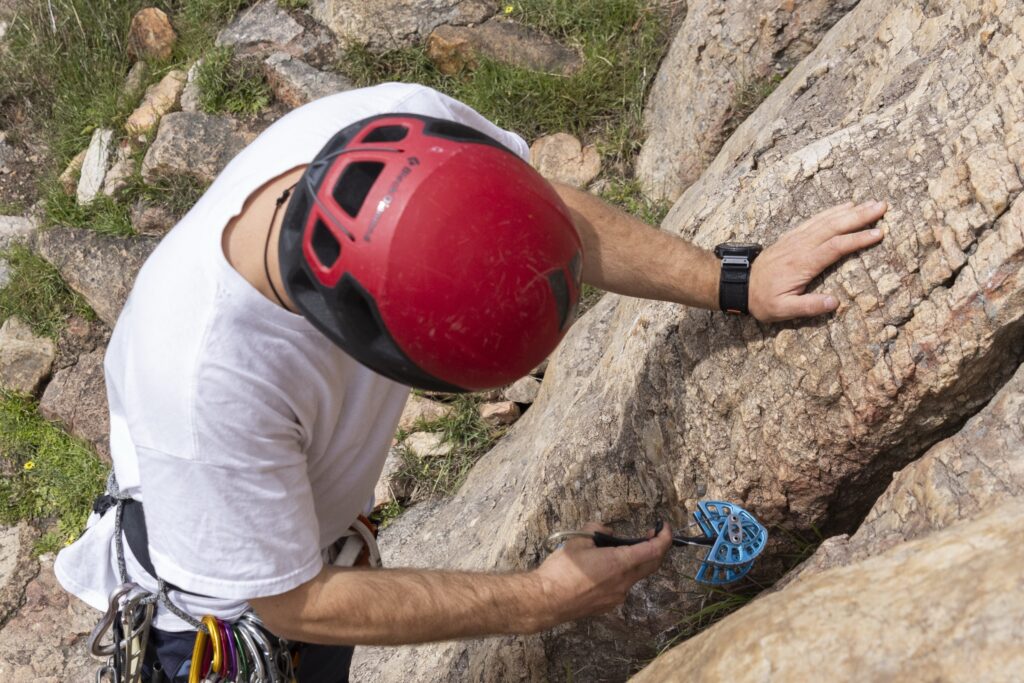
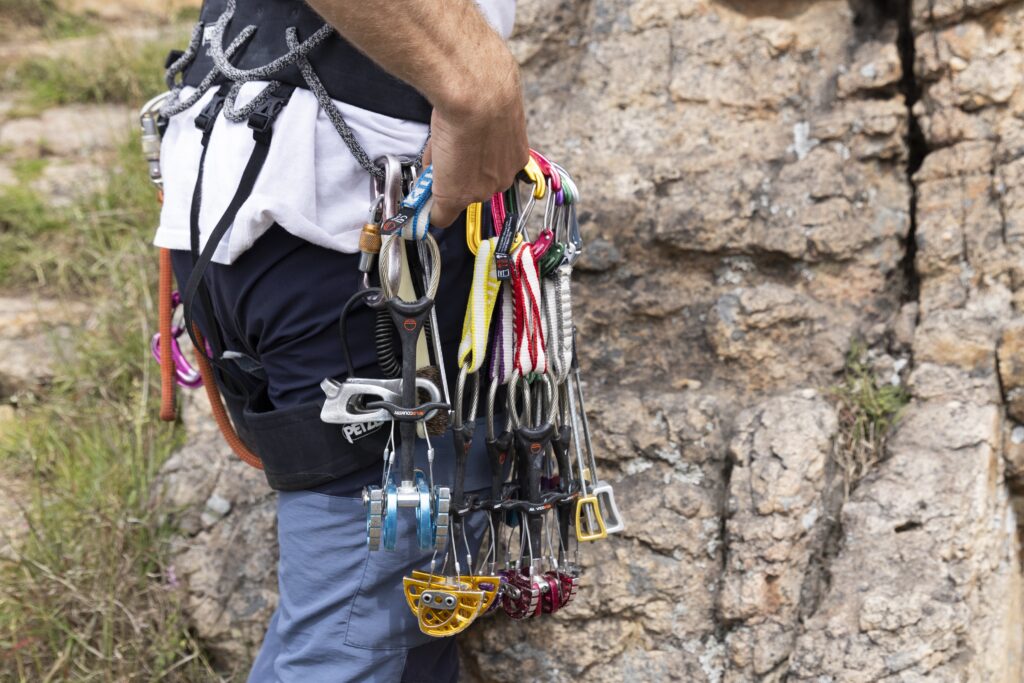
Not every situation ends with the gear finding its way back to its owner.
Take, for example, a recent situation at Mt Arapiles, where an inexperienced second left a totem on Tiptoe Ridge as darkness approached. The pair made the call to leave the piece behind for safety’s sake and return the next day. By the time they returned the next morning, it was gone.
The climber reached out online and explained the circumstances and even offered to reimburse the person who retrieved it. Despite this, the gear wasn’t returned. What made the situation more complicated was that the finder was reportedly aware of the owner’s request, yet still chose to keep it, believing that “booty is booty.”
It’s a difficult scenario — one that sits squarely in the grey zone between finders keepers and doing the right thing. For one climber, the cam represented a legitimate find, perhaps even a hard-won prize. For another, it was a moment of loss — not just of gear, but of faith in the unspoken trust that usually defines our climbing community.
So when does keeping booty become bad form?
What about if it was left behind due to safety concerns, injury, or helping another climber?
Are the lines blurred if retrieving the gear took time, skill, or risk? Does the finder deserve recognition — a thank you, beer, or small reimbursement?
At the end of the day, climbing ethics are self-governed. No one can tell you what to do with a found piece of gear — but if someone has reached out to request it back, it’s worth pausing to consider their perspective and the circumstances. Every situation is different, and reflecting on it can help keep the climbing community grounded in respect and understanding.
We’d love to hear your thoughts — share your take on booty ethics over on our socials and keep the conversation going.

